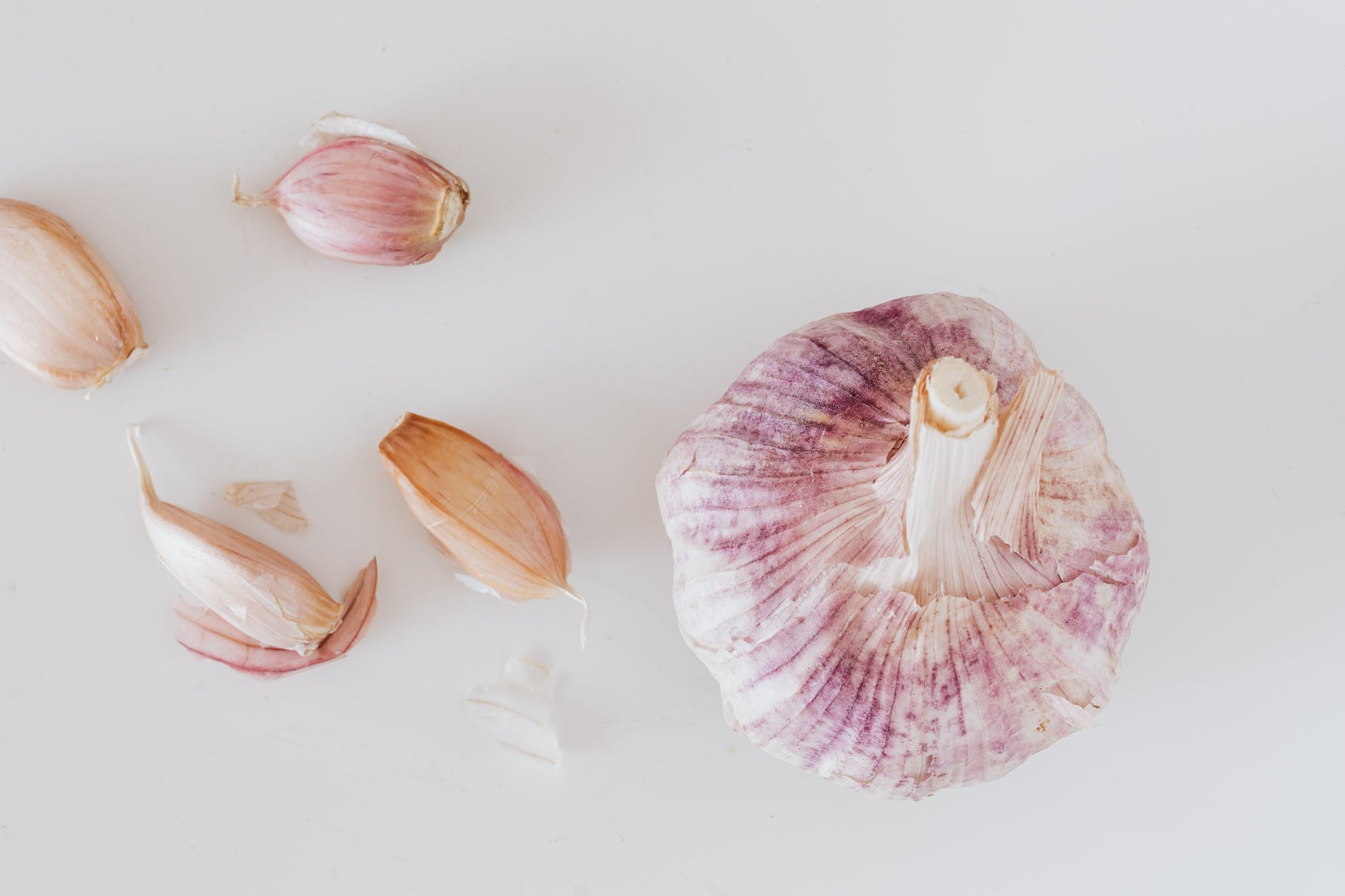How To Grow Garlic – Guide with Health Benefits and Meal Ideas
Growing garlic in an allotment is a great way to add flavor and nutrition to your meals while enjoying the satisfaction of growing your own produce. Garlic is a hardy crop that can tolerate a wide range of soil types and climates, making it an ideal choice for allotment gardeners. In this guide, we’ll cover everything you need to know about growing garlic, from planting to harvesting, and we’ll also explore the health benefits of garlic and provide some delicious meal ideas.
Planting Garlic
The best time to plant garlic in an allotment is in the fall, between October and November, but it can also be planted in the spring. To plant garlic, follow these steps:
- Choose a planting site that receives full sun and has well-draining soil.
- Break apart the garlic bulbs into individual cloves, being careful not to damage them.
- Plant the cloves about 2 inches deep and 6 inches apart, with the pointed end facing up.
- Cover the cloves with soil and water them thoroughly.
- Mulch the planting bed with a layer of straw or leaves to help retain moisture and suppress weeds.
- In the spring, when the shoots begin to emerge, fertilize the garlic with a balanced fertilizer.

Caring for Garlic
Garlic requires relatively little maintenance, but there are a few things you can do to ensure a healthy and productive crop:
- Water regularly: Garlic needs consistent moisture, especially during the growing season. Water deeply once or twice a week, depending on the weather conditions.
- Fertilize: In addition to fertilizing in the spring, you can also add a nitrogen-rich fertilizer in the fall to promote healthy growth.
- Weed: Keep the garlic bed free of weeds, which can compete with the garlic for nutrients and moisture.
- Monitor for pests and diseases: Garlic is generally resistant to pests and diseases, but it’s still a good idea to keep an eye out for signs of trouble, such as yellowing leaves or insect damage.
Harvesting Garlic
Garlic is typically ready to harvest in mid to late summer, when the foliage begins to yellow and dry out. To harvest garlic, follow these steps:
- Loosen the soil around the garlic bulbs with a garden fork, being careful not to damage the bulbs.
- Gently pull the garlic bulbs out of the ground and shake off any excess soil.
- Allow the garlic bulbs to cure in a dry, well-ventilated area for several weeks. This will help the outer layers of skin to dry and become papery, which will help to preserve the garlic.
- Once the garlic is fully cured, trim off the roots and foliage and store the bulbs in a cool, dry place.
Health Benefits of Garlic
In addition to being a delicious addition to many meals, garlic has a number of health benefits. Here are just a few:
- Boosts immune system: Garlic contains compounds that help to stimulate the immune system, which can help to fight off colds, flu, and other infections.
- Lowers blood pressure: Garlic has been shown to lower blood pressure, which can reduce the risk of heart disease and stroke.
- Reduces cholesterol: Garlic can help to lower levels of LDL cholesterol, which is the “bad” cholesterol that can contribute to heart disease.
- Anti-inflammatory: Garlic contains compounds that have anti-inflammatory properties, which can help to reduce inflammation throughout the body.
Meal Ideas
Garlic is a versatile ingredient that can be used in a wide variety of dishes. Here are a few meal ideas to get you started:
- Garlic bread: Slice a baguette or other bread, spread with butter or olive oil, and sprinkle with minced garlic and parsley. Toast in the oven until golden brown.
- Roasted garlic: Cut off the top of a garlic bulb, drizzle with olive oil, and roast in the oven until the garlic cloves are soft and fragrant. Squeeze the roasted garlic out of the cloves and use as a spread or mix into sauces and dressings.
- Garlic mashed potatoes: Boil potatoes until tender, mash with butter and milk, and stir in minced garlic and chopped parsley for a flavorful twist on a classic side dish.
- Garlic shrimp: Sauté shrimp with minced garlic, butter, lemon juice, and red pepper flakes for a quick and easy dinner that’s full of flavor.
- Garlic soup: Sauté chopped garlic and onion in olive oil, add chicken or vegetable broth, and simmer until the flavors have melded. Add a handful of spinach or kale for added nutrition.

Growing garlic in an allotment is a great way to add flavor and nutrition to your meals while enjoying the satisfaction of growing your own produce. With a little bit of care and attention, you can grow a bountiful crop of garlic that will provide you with delicious meals for months to come. And with so many health benefits and versatile uses, garlic is truly a superfood that belongs in every kitchen.




